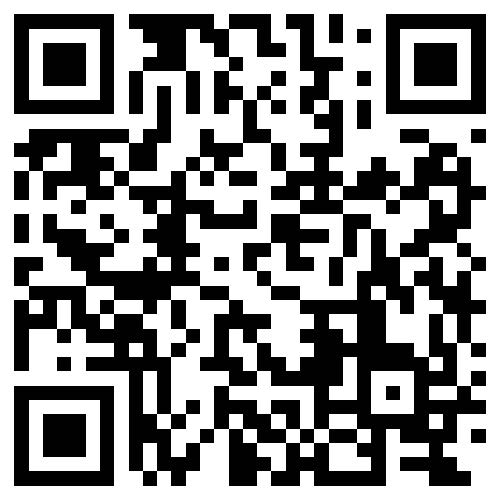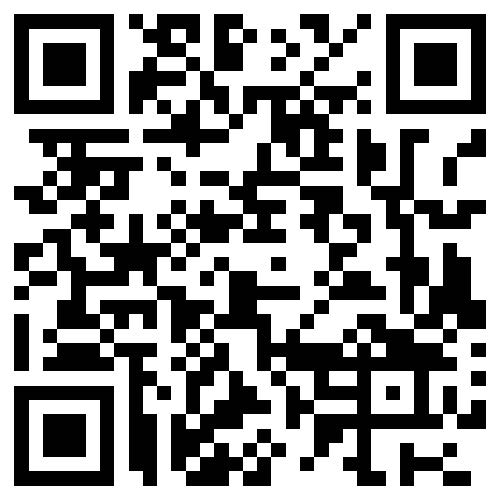Demystifying Pips and Pipettes in Forex Trading
For those venturing into the domain of forex trading for the first time, the term “pip” might pique your interest. Derived from “points in percentage,” a pip is the minimum change that can occur in the value of a currency pair.
‘Pips,’ ‘spreads,’ and ‘pipettes’ are standard terminology in forex that novice traders should become acquainted with.
This guide is designed to clarify what pips are, offer a step-by-step guide on calculating them, and differentiate between pips and pipettes.
Keep reading and take the time to thoroughly digest this key information, as it’s vital for newcomers to the market to grasp the mechanics of forex trading.
What is a pip in forex?
A pip is the universal measure for tracking fluctuations, whether they are increases or decreases, in the currency pairs of the forex market. It signifies the tiniest possible shift in the exchange rate of a pair of currencies.
Known as a “point” in the currency trading sphere, a pip typically corresponds to one-hundredth of a penny on the majority of trading platforms. Traders in the forex market routinely use pips to determine the outcomes of their trades, assessing both the earnings and the losses that result from their forex transactions.
What is the Meaning of Pip?
In the context of forex trading, the acronym ‘pip’ can stand for either ‘percentage in point’ or ‘price interest point’.
Understanding Pips in Forex Trading
Pips are the standard measure for changes in the exchange rate between two currencies, usually reflected in the fourth decimal place for most currency pairs, or the second decimal place for Japanese Yen (JPY) pairs.
Recognizing that pips do not have a fixed monetary worth is essential; the value of a pip is dependent on the size of the trading position, which in turn affects the pip’s financial significance.
To illustrate, take the example of a major currency pair. For the EUR/USD, a shift in the exchange rate from 1.1080 to 1.1081 signifies a gain of 1 pip.
Should a trader opt to buy the EUR/USD currency pair, they will profit if the euro appreciates in value relative to the US dollar. Imagine a situation where the trade began at an exchange rate of 1.1100 and concluded at 1.1150. Here, the trader would have realized a gain as follows:
On the contrary, if the trade had gone in the reverse direction, the trader would have faced a loss.
To provide an example with a currency pair that includes the Japanese Yen, consider the USD/JPY. A decline from 10.44 to 10.43 in the exchange rate signifies a loss equivalent to 1 pip.
Should a trader choose to buy the USD/JPY currency pair, they stand to make a profit if the US dollar appreciates relative to the Japanese Yen. To illustrate, if a trade started at 10.43 and ended at 10.96, the trader would have earned a profit calculated as follows:
However, if the market moved in the opposite direction, the trader would have experienced a loss.
What is a pipette in forex?
Pipettes are fractional units of a pip, equivalent to one-tenth of a pip’s value. They are commonly determined by the movement in the fifth decimal place for most currency pairs, or the third decimal place for pairs involving the Japanese Yen (JPY).
To exemplify a pipette, consider the EUR/USD currency pair. If the exchange rate changes from 1.10811 to 1.10812, this minor change represents a gain of 1 pipette.
Example of a pipette using a Japanese Yen currency pair
In the USD/JPY currency pair, a movement from 10.433 to 10.432 is a decrease of 1 pipette.
What is the pip value?
The worth of a pip is influenced by elements including the particular currency pair in question, the rate at which they are exchanged, and the scale of the trade.
Traders often refer to the pip value to evaluate the success of their trading positions and to calculate the financial outcome of a forex transaction, be it profitable or not.
How to calculate the value of a pip?
To calculate the pip’s value, multiply the standard pip increment, which is 0.0001, by the size of the lot or contract you are trading. A standard lot is 100,000 units of the base currency, whereas a mini lot is 10,000 units.
Taking the EUR/USD currency pair as an example again, if you experience a one-pip change with a standard lot, it would amount to $10 (0.0001 multiplied by 100,000).
Every time the pip moves in a direction that benefits the trade, it generates a $10 profit. Conversely, any pip movement in the opposite direction of the trade results in a $10 loss.
Note: The pip’s value can vary among different currency pairs due to fluctuations in exchange rates.\
Understanding Forex Spreads
The term “spread” describes the difference between the buying (bid) and selling (ask) prices for a currency pair. This concept is not limited to the forex market; it is also applied in other trading environments, including markets for indices, commodities, cryptocurrencies, and more, to measure the gap between what buyers are willing to pay and sellers are willing to accept.
For an illustration of how forex spreads function in a real-world context, you can examine live forex rates, which will show you the dynamic differences in spreads between standard and professional trading accounts.
Calculating Forex Spreads: A Beginner’s Guide
For those new to forex trading, grasping the distinction between bid and ask prices is essential before diving into the topic of spreads.
The “bid” price is the rate at which the base currency is being offered for sale, whereas the “ask” price is the rate at which the base currency is being purchased. These prices are accessible within the MetaTrader 4 platform, which traders can use to identify and analyze spreads.
In the example provided, the EUR/USD currency pair is displayed with a bid price of 1.10703 and an ask price of 1.10714. Given that a pip in the EUR/USD pair is indicated by the change in the fourth decimal place (equivalent to 0.0001), the spread for the EUR/USD is 1 pip.
Distinction Between a Pip and a Pipette
A pip is the standard measure of the smallest change in the currency pair’s exchange rate, which is the movement in the fourth decimal place. In contrast, a pipette is a measure of a smaller increment, specifically the fifth decimal place, and is considered one-tenth of a pip. For currency pairs that include the Japanese Yen, the pip is indicated at the second decimal place, while the pipette is at the third decimal place.
Daily Pip Earnings for Forex Traders
The daily earnings in pips for forex traders are not set and depend on several factors, including technical and fundamental analysis, the chosen trading strategy, and market trends. While profitability is a trader’s goal, it’s important to recognize the inherent risks in forex trading and to follow a trading plan, explore different strategies, and consistently apply sound risk management.
Understanding Ticks and Points
A ‘tick’ is the smallest price movement that can occur for a specific financial instrument and may vary in size depending on the instrument. For example, a tick could be as small as 0.0001 or as large as 0.25. This term is commonly used in stock or index trading. Conversely, a ‘point’ typically refers to a change in price measured in dollars. For instance, if a stock price moves from $25 to $30, it is said to have moved by 5 points. In the context of forex, the term ‘point’ can be used synonymously with ‘pipette’ to denote movements in the fifth decimal place.
















